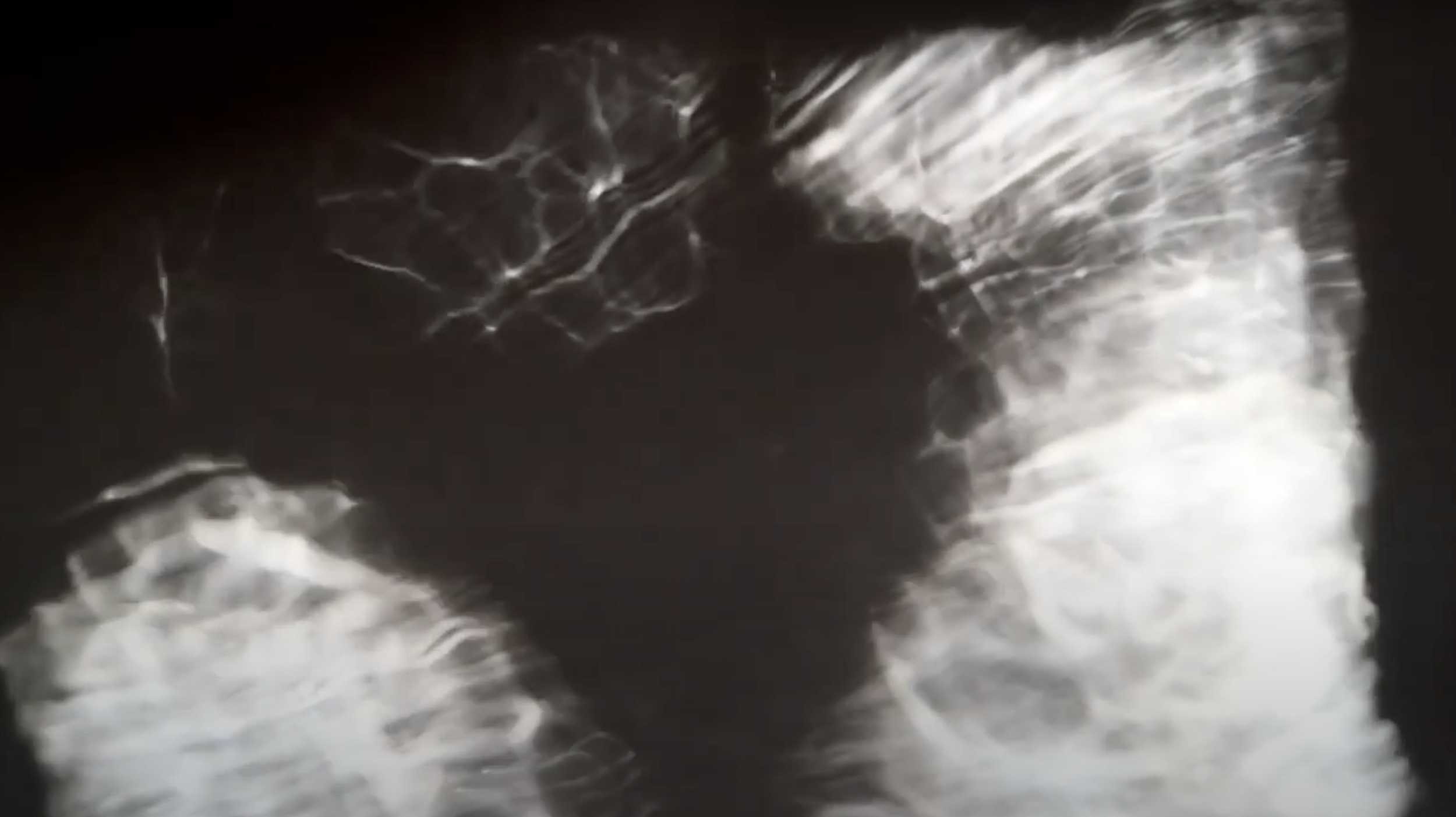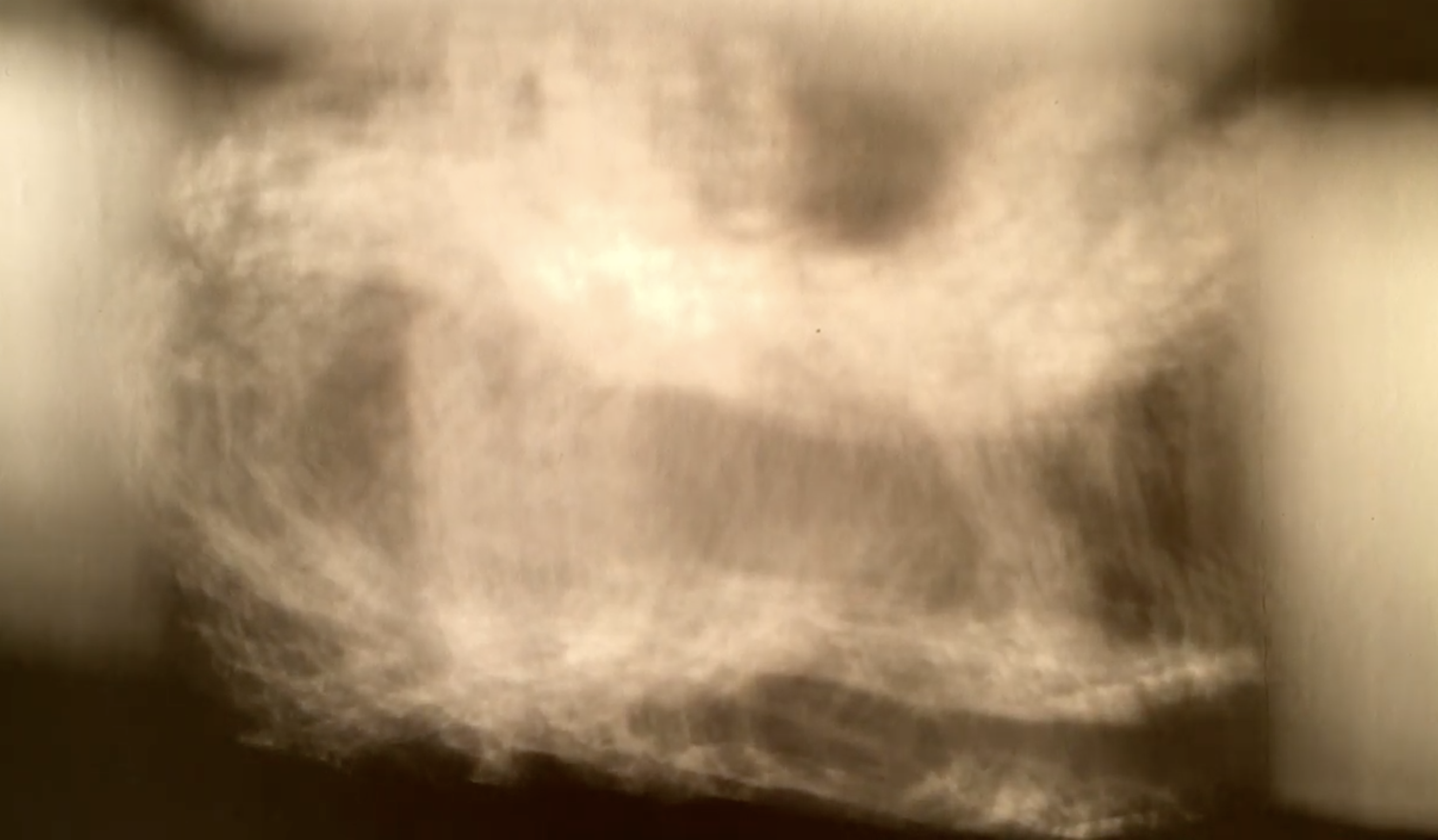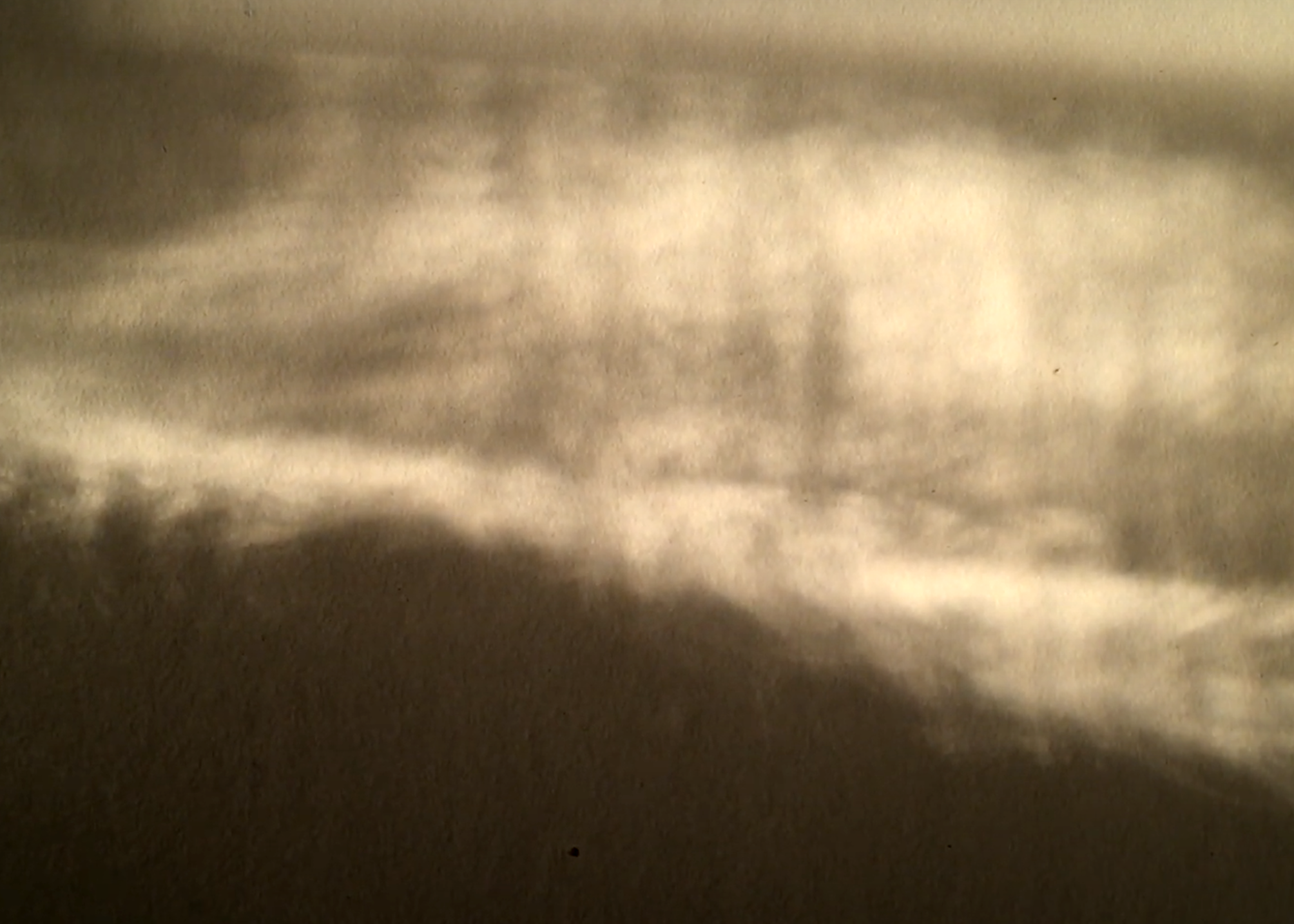Diffraction
May 4th (2022) - Lynda Beckett
For Barad, diffraction evolves from the scientific notion of waves, material, sound or light, combining and overlapping when they encounter an obstruction (2007, p. 74), and the theoretical two-slit experiment designed by physicist Niels Bohr. His thinking challenged the scientific world. He reassessed the performativity of matter as active, with the ability to have an agency which is not always predictable. Barad transferred his notions of diffraction from the laboratory and exposed the agency of matter to a broader academic audience through the framework of a diffractive methodology. Thinking diffractively appears to inform the basis of new materialist and posthuman thinking, as both break Cartesian and hierarchical power structures, and acknowledge the agency of material. Barad states ‘diffraction is not a set pattern, but rather an iterative (re)configuring of patterns of differentiating-entangling’ (2014, p. 168). Knowledge-making, using a diffractive methodology is a merging of practice and theory while engaging with materials within a space (2007, pp. 87–94). This methodology is applicable to my practice because the process of making is iterative and creates diffractive patterns.
Loch Quoich (2022) – Lynda Beckett
Thinking diffractively stimulates thought and makes new configurations of patterns. The process is more of a rippling of thought than a mirroring. For Barad, 'to mirror something’ only provides 'an accurate image or representation' (2007, p. 86). Reflecting focuses on mirroring and sameness, whereas diffracting looks for patterns of difference (ibid., p.29), eliminating the controlling relation of the subject looking at the object. Barad states that ‘subject and object do not preexist as such, but emerge through intra-actions’ (ibid., p.89). Diffraction pushes aside the tripartite arrangements of a reflexive mode of inquiry. The knower of knowledge, the observer, looking at the subject and the object, has no power. Each entity has equal status. Diffraction appears to dissolve the boundaries of hierarchy in search of a socio-political plane within a non-binary world (ibid., pp. 88-89).
Still from Diffractive Film (2020) – Lynda Beckett
Developing a diffractive methodology
Performativity, flux and motion are always necessary within a diffractive process. My first encounter with diffraction came from a light pattern performing on a piece of paper leaning against the wall in my room - without my orchestration. An intra-action was happening beyond my control. Diffractive Film 2020[1] captures an element of an indeterminate process, as I had no idea how the light patterns occurred. This happening paralleled Barad’s ‘agential realism’ framework, where ‘phenomena are the ontological inseparability of intra-acting agencies’ (2007, p. 206), where physical, theoretical, the sensual human and non-human materials were inseparable and formed something new within this space.
Still from 14 50 04 (2020) – Lynda Beckett
I continue to record light phenomena and remain curious about generative forces that create Diffractive Film (2019), 14 45 46, 14 50 04 (2020) and 14 50 08 (2020). Each pattern appears as a knot of light waves in motion—a material phenomenon forming within its chosen space/apparatus. For the purposes of this inquiry I am using a Baradian understanding of phenomena as all matter within a space entangling to reveal something new (2007, p. 333). Moving away from the notions of human-centred laboratories and structures of social control (Agamben, 2009, p. 3),the apparatus is the space in which the process of making happens.
Still from 14 50 08 (2020) – Lynda Beckett
Each phenomenon is a temporal form. Touch the patterning and the only physical sensation is the cold flat wall[2] Yet the light waves produce the visual illusion of a form within another space,[3]. These forms are forces of energy in motion, emerging phenomena without a name. They are indivisible, yet they provide sensation, perception, the feeling of something that is living, independent of human intervention or control. From a human perspective, they are lifeless. However, when they appear, they pulse and are active. Perhaps they are at the threshold of revealing something different. Jane Bennett suggests this state is neither subject nor object, more an ‘intervener’(2010, p. 9). As curious forces, these interveners appear and resonate as patterns in motion within a liminal space. They remain virtual[4] and momentarily visible unless captured digitally. These light phenomena are integral to my inquiry, not as artworks, more as conduits that stimulate thought.
[1] Diffractive Film 2020 - https://www.lyndabeckett.org/#/diffractive-film-2019/
[2] See Nail on 3D forms, ‘objects are flows of matter that have ‘folded’ into relatively stable patterns or cycles, such as vortices’ (2021, p. 31).
[3] For Deleuze on texture, light and ‘chiaroscuro’ see (1991, p. 245)
[4] According to Deleuze ‘the virtual is never subject to the global character which affects real objects. It is – not only by its origin but by its own nature – a fragment, a shred or a remainder. It lacks its own identity’ (1994, pp. 100–101).


